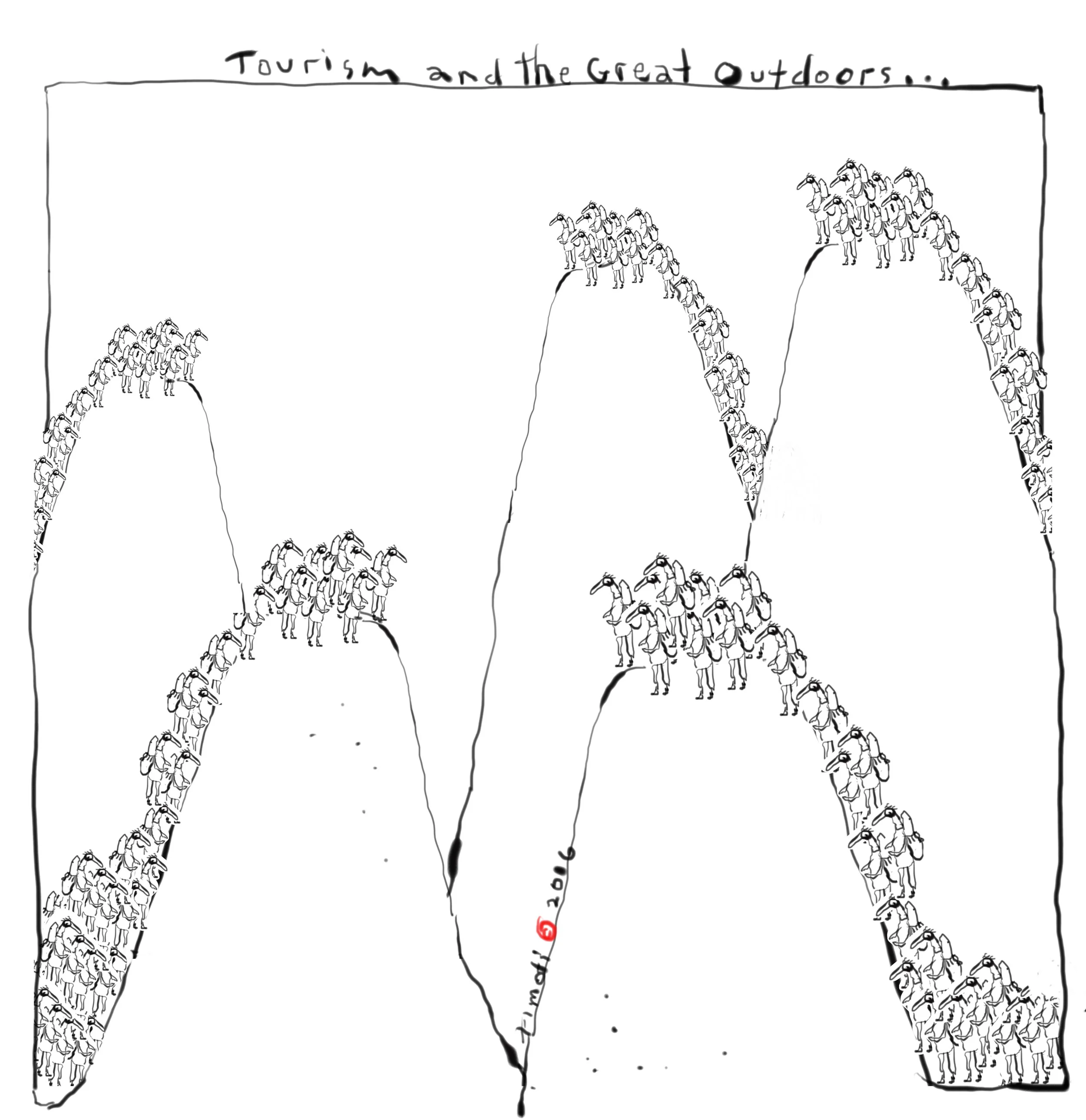SEACHANGE - TAI TIMU, TAI PARI SPACE FOR MĀORI IN PLANNING FOR NEW ZEALAND’S HAURAKI GULF
Kennedy, N. & Awatere, S.
The Hauraki Gulf, known to Māori (New Zealand’s indigenous people) as Tīkapa Moana \ Te Moananui a Toi, has endured decades of pressure from land-use management, extractive industries and the country’s largest metropolitan centre. These have severely diminished the ecological health of Tīkapa Moana \ Te Moananui a Toi. To help mitigate the decline in ecological health a comprehensive spatial planning exercise has been carried out.
Over the last 3 years Mana Whenua (Māori tribes holding customary authority for Tīkapa Moana \ Te Moananui a Toi) have worked collaboratively with local and central government agencies and community stakeholders, in a spatial planning project called Seachange – Tai Timu Tai Pari (the rising and falling tide). While the plan will be non-statutory, it will be implemented through the statutory plans and policies of central and local government agencies with resource management responsibilities for Tīkapa Moana \ Te Moananui a Toi.
Māori also have resource management rights and responsibilities for Tīkapa Moana \ Te Moananui a Toi. Customary common law rights and responsibilities are enshrined in the 1840 Treaty of Waitangi between Māori and the British Crown. Mana Whenua are currently negotiating with central government for the settlement of historical claims for natural resources, financial restitution for Treaty breaches, and co-governance \ co-management of Tīkapa Moana \ Te Moananui a Toi.
Critically, community and government partners of Seachange have made space in the plan for Mana Whenua interests. An agreed principle is that the plan will uphold customary rights and Treaty settlements. Building on examples of plans that recognise indigenous rights and responsibilities such as the Haida-Gwai marine spatial plan of British Columbia, Māori and their collaborative partners are articulating concepts of marine management, restoration and protection from an indigenous perspective. For example, the overarching goal of the plan is the restoration and maintenance of a Māori concept of well-being - mauri (life force or principle). Furthermore, kaitiakitanga – a Māori environmental management approach based on obligations of stewardship and care stemming from familial relationships between mankind and all elements of the natural world, is an overarching ethic of the plan.
Intended for completion late 2016, Mana Whenua believe the plan will be ground breaking, both for being driven by local communities, and substantially incorporating indigenous interests and values.








